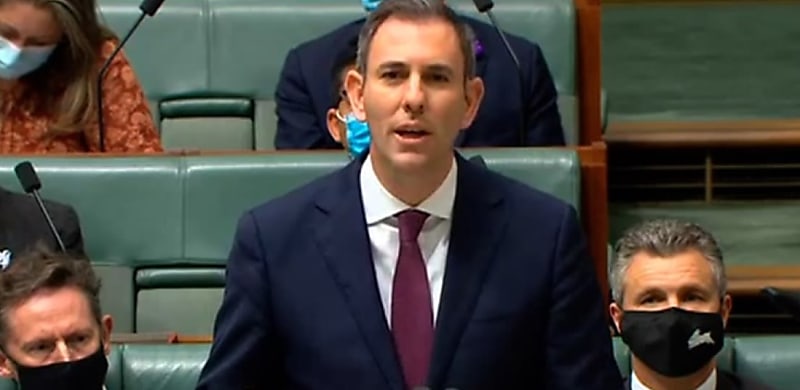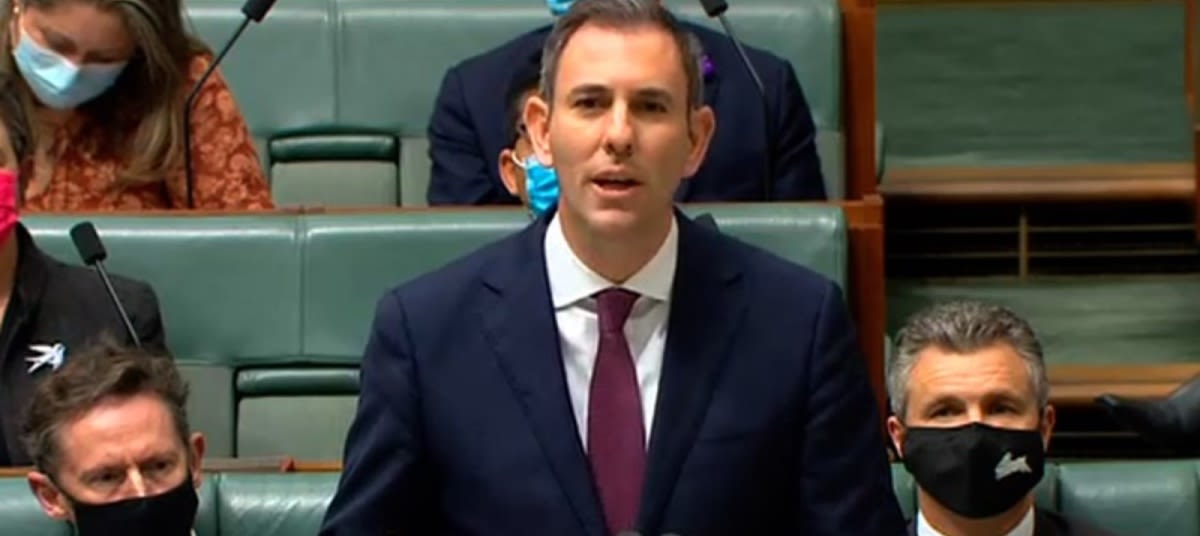
The federal Treasurer Jim Chalmers has conceded his first budget will need to cut spending to draw down its more than $30 billion deficit.
The Treasurer has painted a fairly grim picture of Australia’s economy, given inflation is tipped to peak at 7.75 per cent in December, the International Monetary Fund (IMF) revealed major economies will go into recession, local weather events continue to destroy homes and spark price rises, and wages growth has remained slow.
Given the current economy, federal Treasurer Jim Chalmers MP has conceded the federal budget, to be announced tonight at 7:30pm AEDT (25 October), won’t be a cash splash.
Instead, the budget is expected to tighten spending and ensure long-term investments to draw down on Australia’s deficit, which is between $30 billion and $40 billion.
Funding towards health, aged care, the National Disability Insurance Scheme (NDIS), defence and disaster payments will form the cornerstone of the budget, which could see cuts to existing programs such as Regional Grants program and build on funds by taxing multinationals.
In addition, with inflation now the primary influence on the government’s budget, the latest floods are anticipated to contribute 0.1 percentage points to inflation in the December quarter 2022 and again in the March quarter 2023, feeding into this budget.
“We are most focused on the human costs of these natural disasters but it will have implications for the cost‑of‑living, for the economy and for the Budget as well,” Mr Chalmers said.
“These floods will detract around a quarter of a percentage point from GDP growth in the December quarter that will be recovered in their estimation in the subsequent two quarters after that.”
Regarding disaster funding, the government had committed $3 billion in the “Contingency Reserve” for additional Commonwealth spending to go towards the disaster response.
“Already, about $1.5 billion has been spent on payments to those who were impacted by previous floods and disasters,” Mr Chalmers said.
Election promises such as the Help to Buy scheme will likely be costed up in detail in Tuesday's Budget.
The $329 million Help to Buy scheme, will enable home buyers to purchase a property with a minimum deposit of 2 per cent, with an equity contribution from the federal government of up to a maximum of 40 per cent of the purchase price of a new home and up to a maximum of 30 per cent of the purchase price for an existing home.
The scheme has been flagged to begin in early 2023.
Other major pre-budget announcements included the government’s $10 billion Housing Australia Future Fund, which will build 30,000 new social and affordable dwellings within its first five years. As well as the creation of the National Housing Supply and Affordability Council, which has laid out the National Housing and Homelessness Plan, to tackle Australia’s homelessness crisis.
The Regional First Home Guarantee and continuation of the First Home Guarantee are also expected to be costed up in the Budget, but no changes to these schemes have been flagged to date.
CEO at Shore Financial, Theo Chambers, said the budget will be a “real litmus test” for the new Treasurer and Labor government as “they battle a slowing economy and skyrocketing inflation”.
“Inflation is continuing to batter households and interest rates are rising in response, putting pressure on Australians with mortgages in particular,” Mr Chambers said.
“We’d also hope to see a significant commitment to increased spending on infrastructure across the board, as well as tax cuts for all income brackets.”
Mr Chambers welcomed the government’s tax cuts promised during its election campaign given benefits to clients in increasing serviceability.
He was also hopeful for superannuation incentives to help “Aussies boost their retirement savings”, plus, measures to increase support for overseas migration and increase the skilled labour pool.
Banks economists more hopeful
While the IMF predicted Australia’s Real GDP was expected to take a hit from 3.8 per cent in 2022 to 1.9 per cent GDP in 2023, the Commonwealth Bank's chief economist Stephen Halmarick has signaled the economy has “done better than previously expected”.
In a report, Mr Halmarick noted while the original 2022/23 budget had net debt peaking at 33.1 per cent in 2024/25, the final budget outcome for 2021/22 had net debt lower than expected at 22.5 per cent of GDP.
“We would expect, therefore, net debt to decline in the years ahead,” he said.
Given the more dire situation in the UK, Mr Halmarick said it was important for fiscal policy to work “hand-in-hand” with monetary policy, signalling that the government must maintain budget deficits of approximately 1–1.5 per cent of GDP over the next few years to assist the Reserve Bank of Australia (RBA) in managing inflation.
“The recent experience in the UK provides a very good example of how markets might respond if you don’t do that,” Mr Halmarick added.
The National Australia Bank’s chief executive Ross McEwan added while there are significant economic headwinds, the economy was “doing well”.
Mr McEwan hoped the budget would deliver on skills investment “to address how we educate and train people” so that they’re equipped for jobs of the future, particularly in data and technology.
“We need to lift productivity after a long period of growth that hasn’t been sufficient to achieve a sustained lift in real wages,” Mr McEwan said.
“Some small business owners spend 12 hours every week on government administration. We need to cut red tape so they can grow their business and invest in their people.”
[Related: Inflation to weigh on federal budget, treasurer warns]
 Login
Login










JOIN THE DISCUSSION